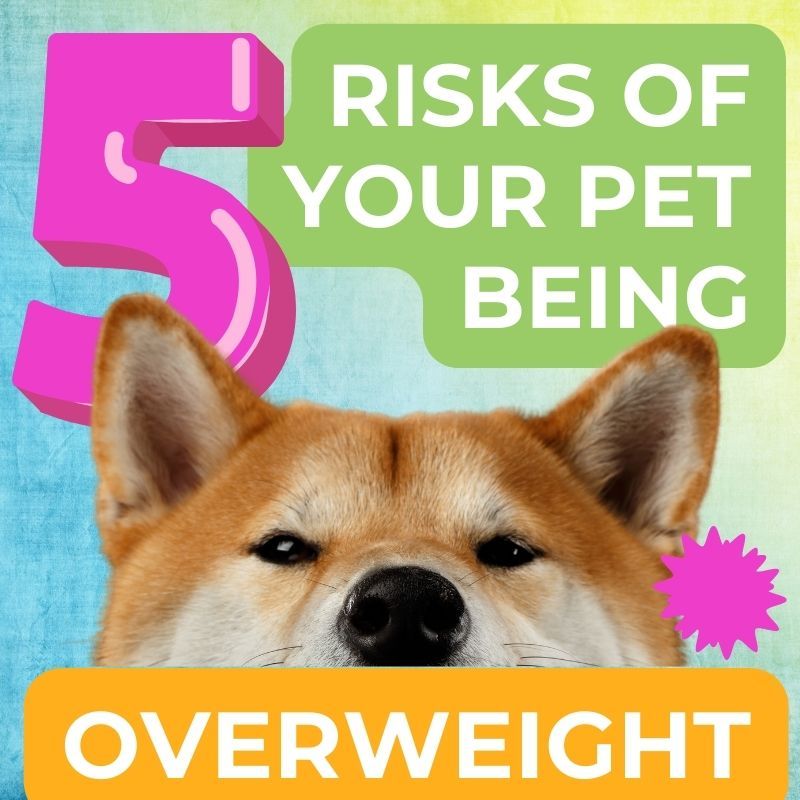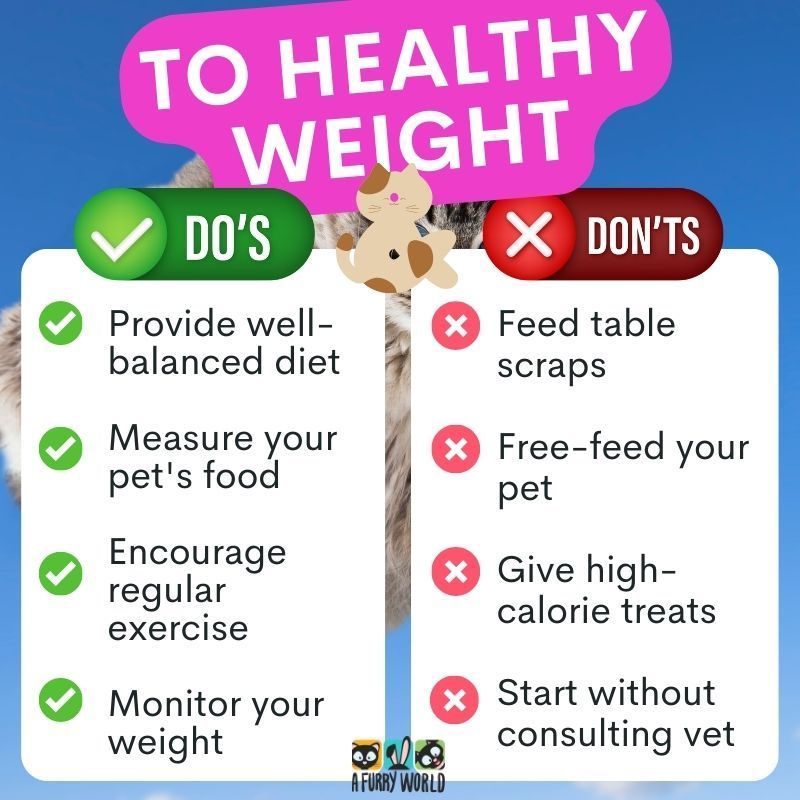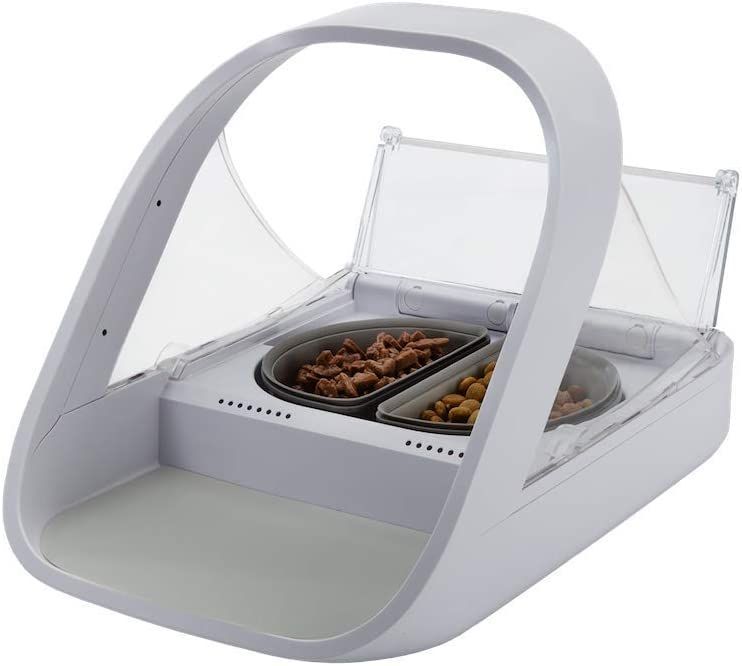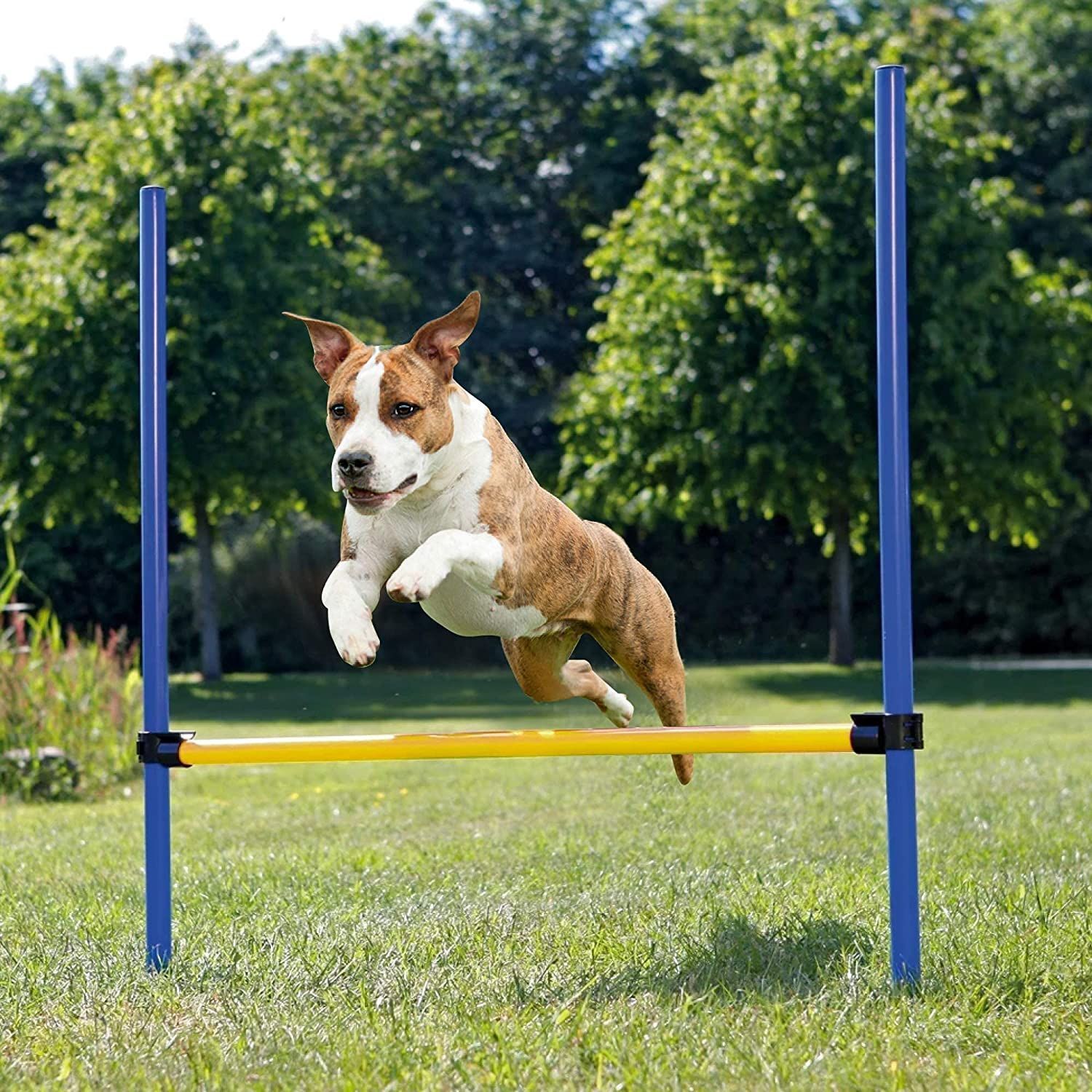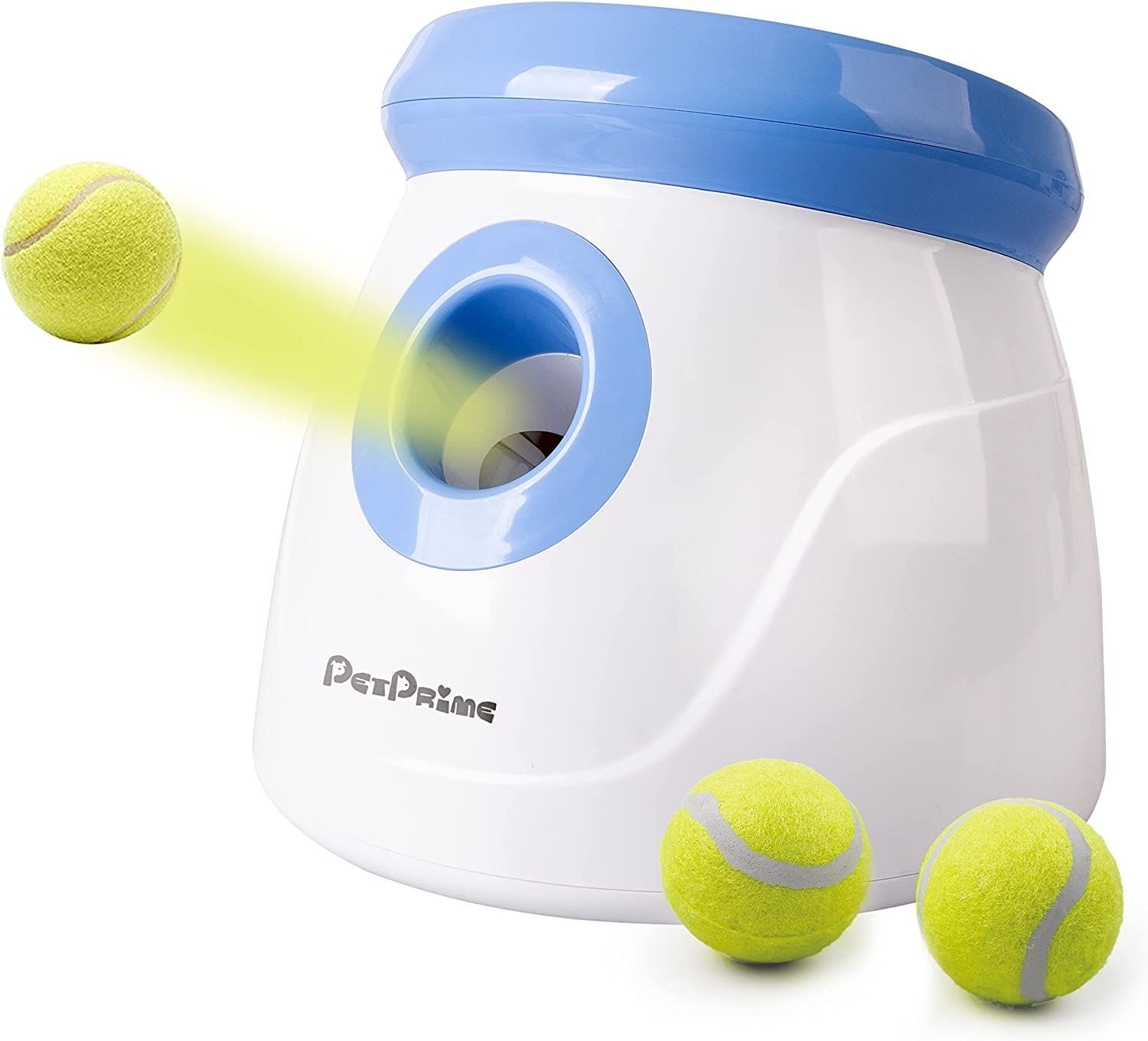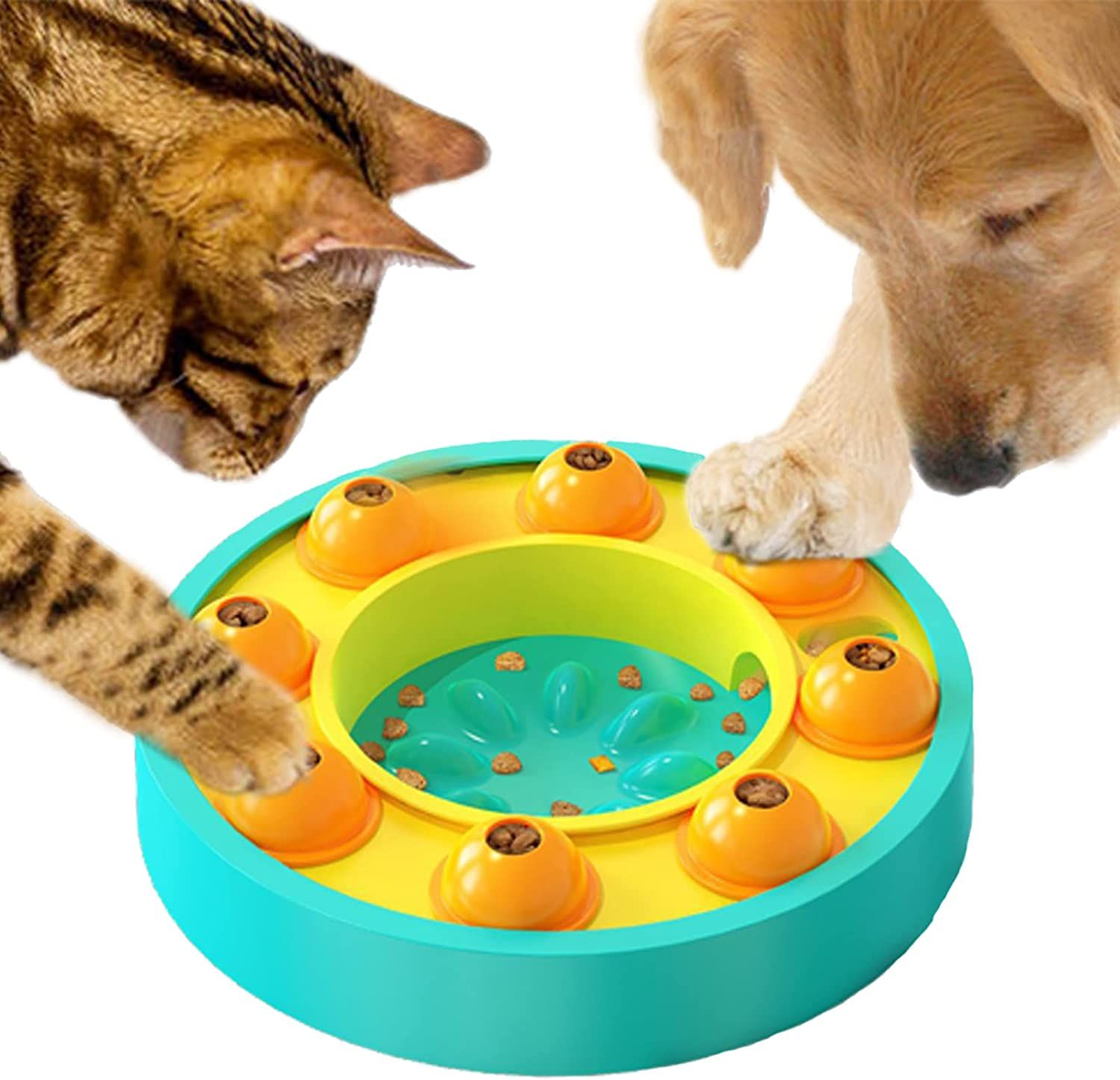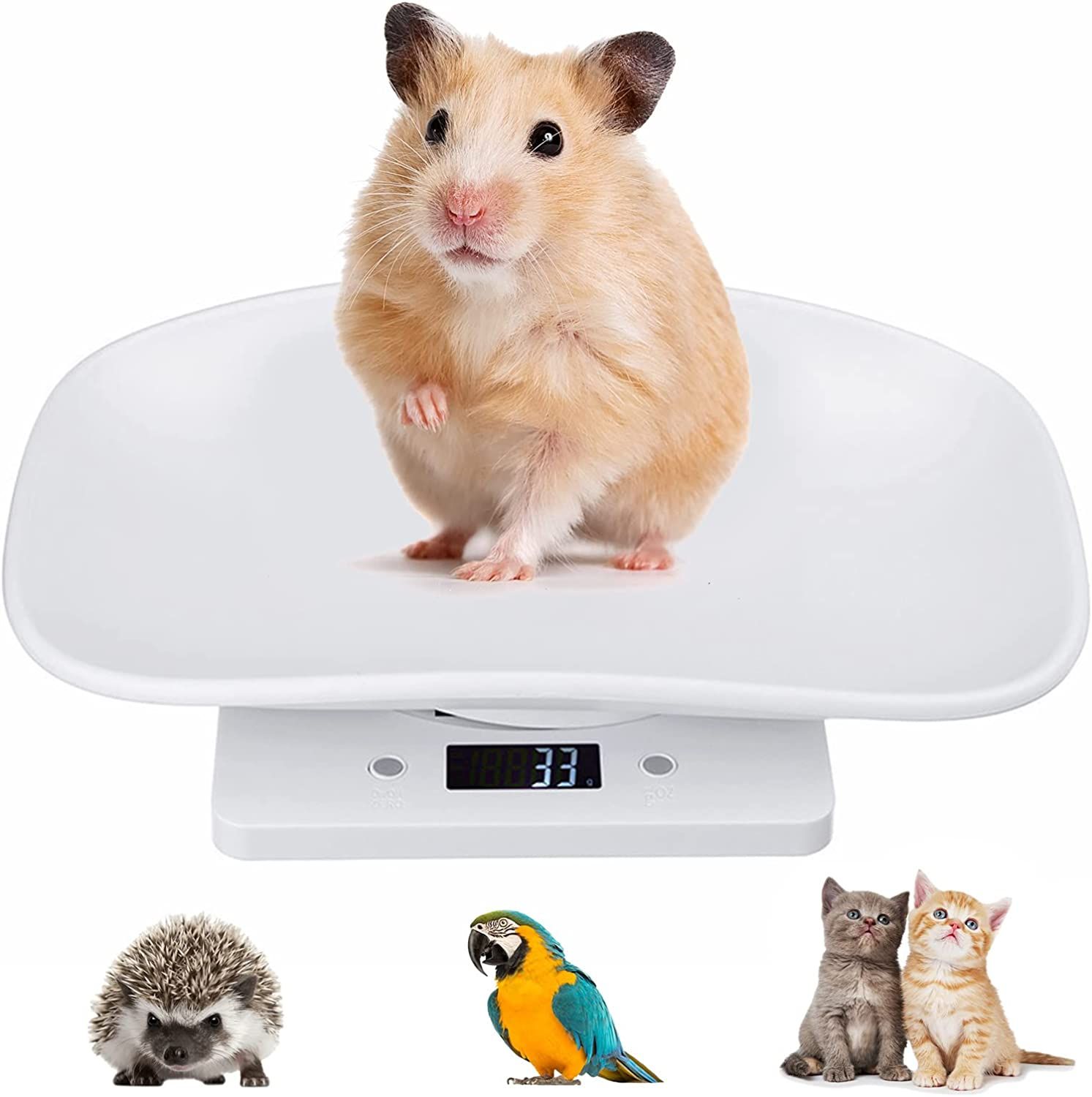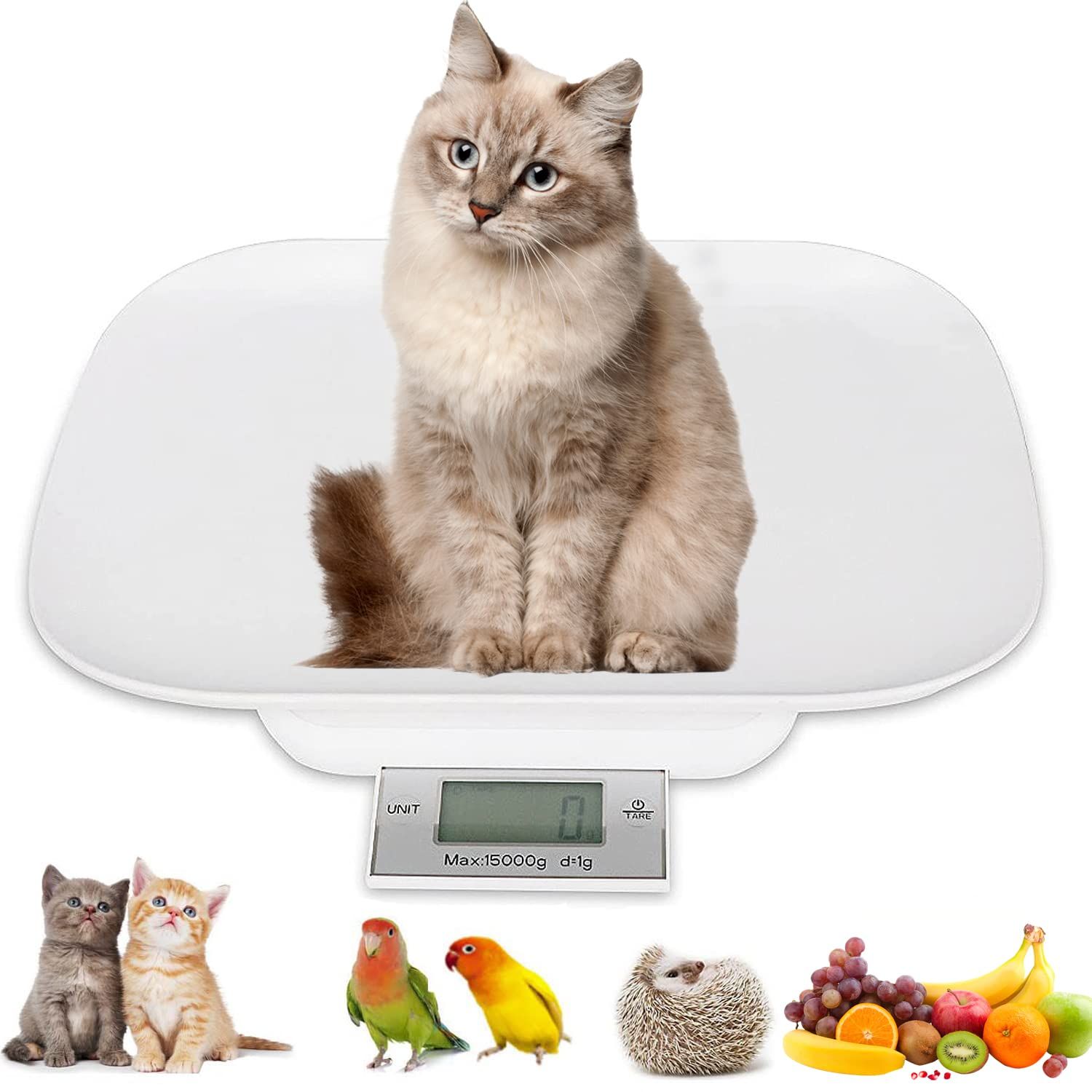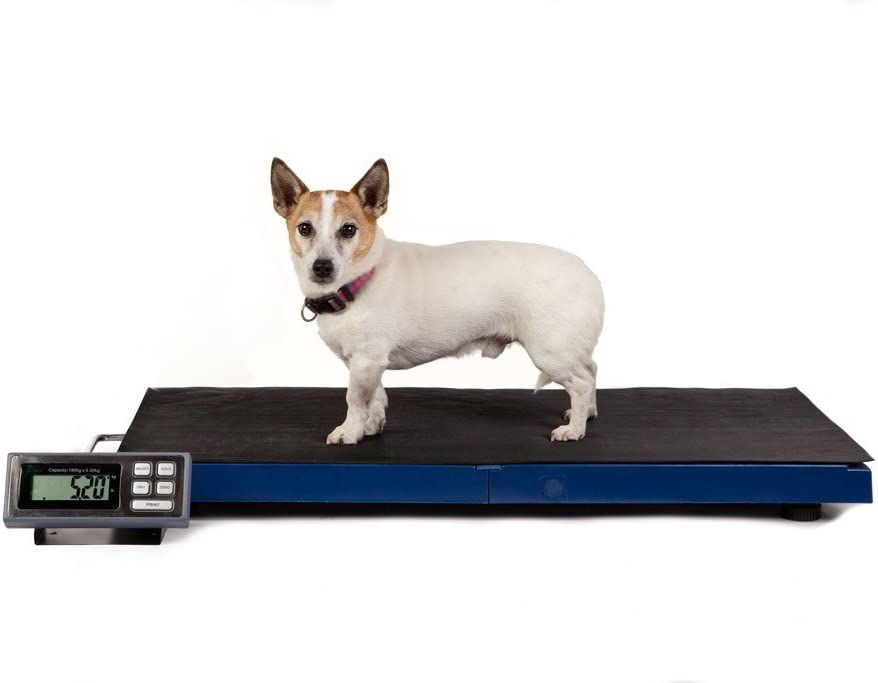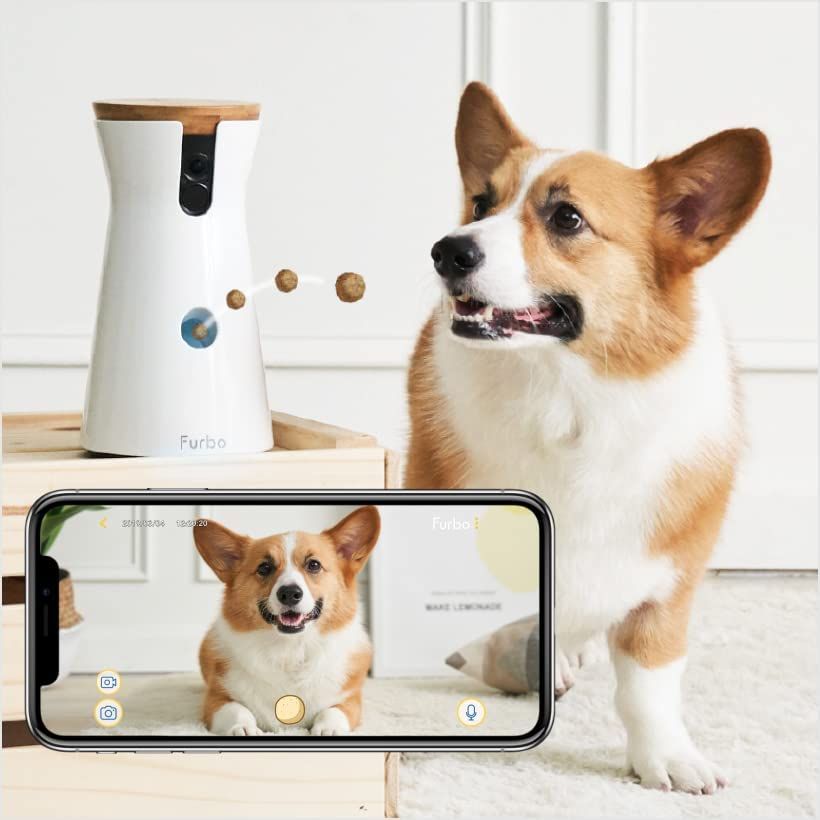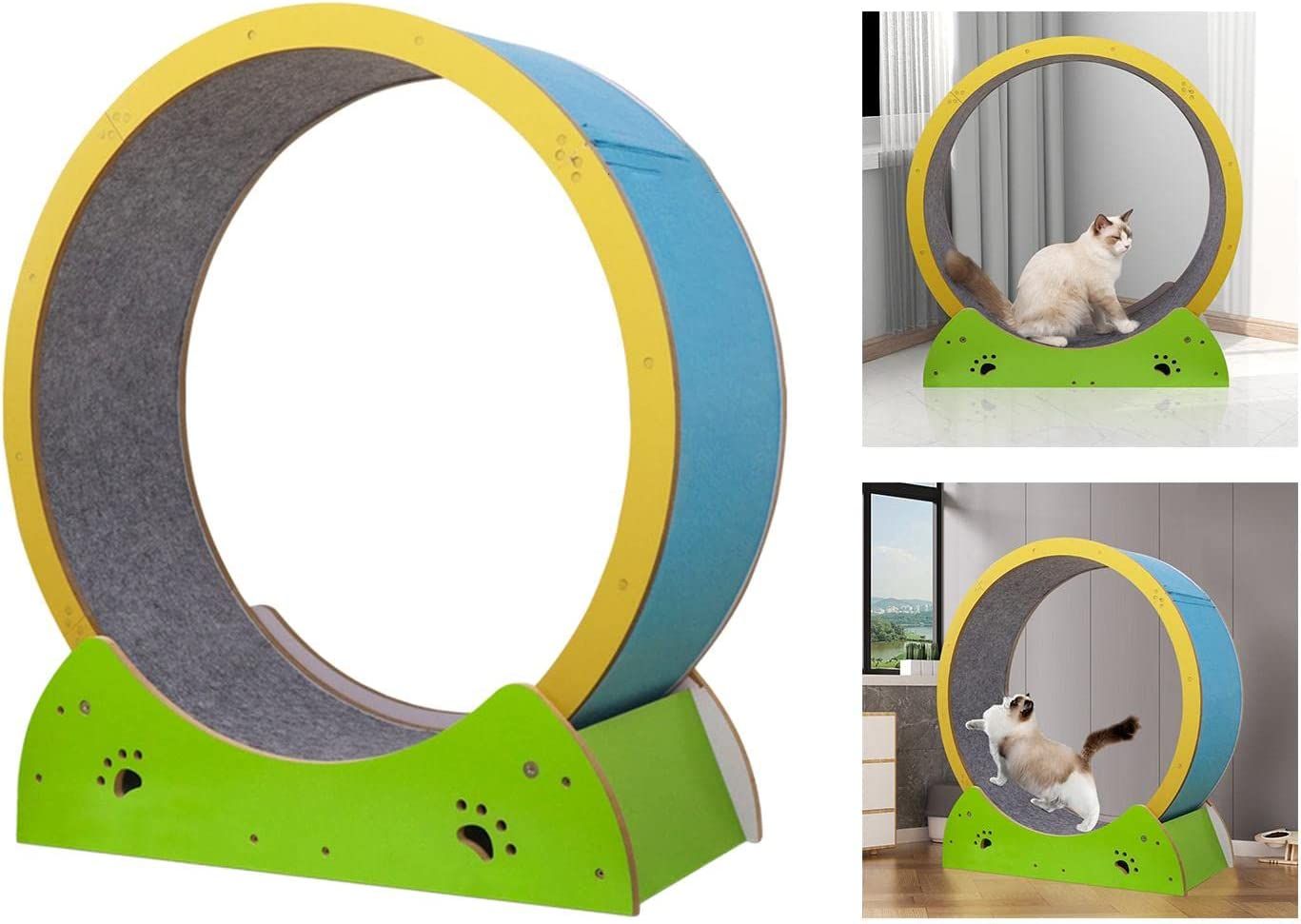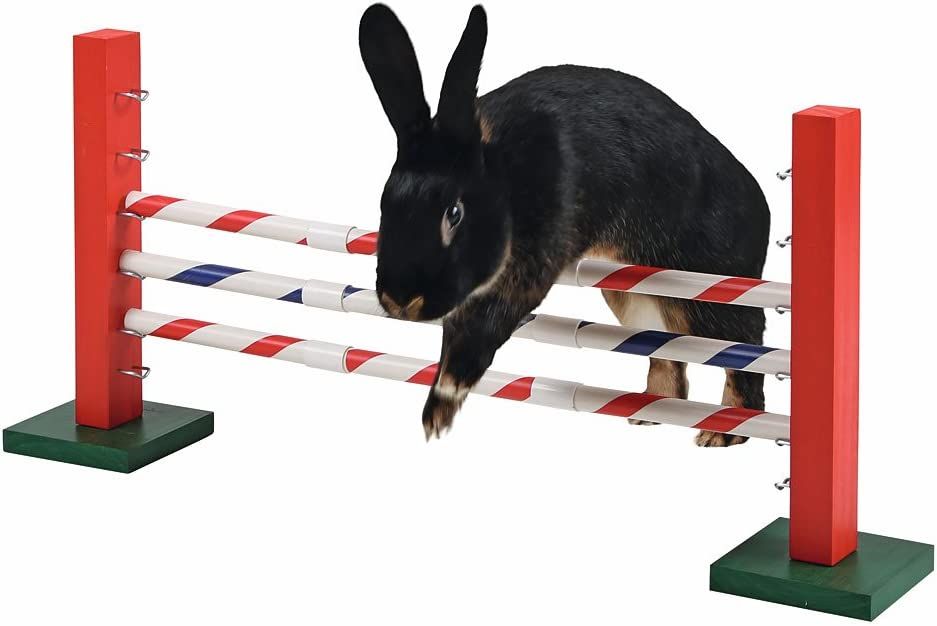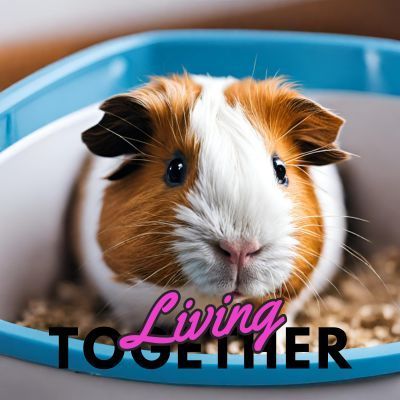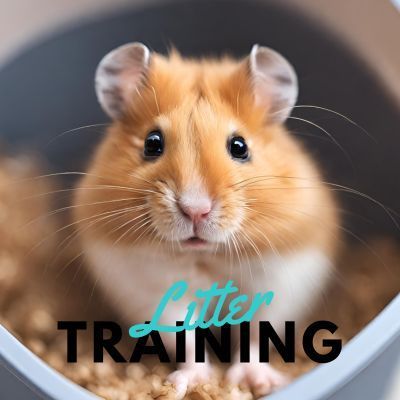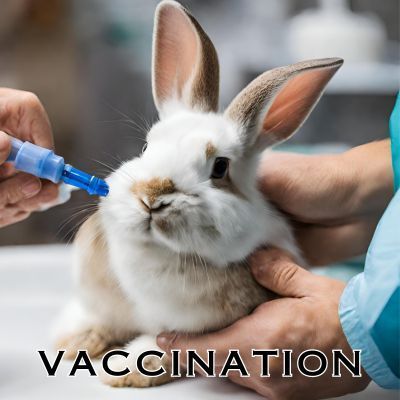Is my pet overweight?
As pet owners, we all want our furry friends to live long and healthy lives. However, in recent years, pet obesity has become a growing concern.
Just like humans, pets can become overweight or obese, which can lead to a host of health problems such as diabetes, heart disease, joint problems, and reduced mobility. Unfortunately, many pet owners may not even realize that their pets are overweight, as the extra weight can sneak up on them gradually over time. In this blog, we will use some of the most commonly asked questions, explore the causes and problems of pets being overweight and provide some tips on how to maintain a healthy weight for your beloved pet.

What are the risks of my pet being overweight?
There are several risks associated with having an overweight pet. Here are some of them:
1. Health problems: Overweight pets are at higher risk of developing health problems such as diabetes, heart disease, high blood pressure, and arthritis.
2. Reduced lifespan: Studies have shown that overweight pets have a shorter lifespan compared to their healthier counterparts.
3. Reduced mobility: Overweight pets may have difficulty moving around and may be less active, which can lead to further weight gain and exacerbate health problems.
4. Reduced quality of life: Overweight pets may be less energetic and have a reduced quality of life, which can affect their overall well-being and happiness.
5. Increased medical costs: Overweight pets may require more frequent veterinary visits and medical care, which can be costly.
Maintaining a healthy weight for your pet is important for their overall health and well-being. Regular exercise and a balanced diet can help prevent weight gain and reduce the risk of associated health problems. If you are concerned about your pet's weight, consult with a veterinarian for guidance on how to achieve and maintain a healthy weight.
Do's and don'ts to keep your pets weight healthy
Keeping your pet's weight healthy is crucial to their overall health and well-being. Here are some do's and don'ts to help maintain your pet's weight:
Do's:
· Provide a well-balanced diet that is appropriate for your pet's age, breed, and activity level.
· Measure your pet's food and follow the recommended feeding guidelines to avoid overfeeding.
· Offer healthy treats in moderation, such as small pieces of fresh fruits and vegetables or lean meats.
· Provide regular exercise opportunities, such as daily walks or playtime.
· Regularly monitor your pet's weight and body condition score, and adjust their diet and exercise routine accordingly.
Don'ts:
· Don't feed your pet table scraps or human food, as it can lead to obesity and other health problems.
· Don't free-feed your pet, as they may eat too much and gain weight.
· Don't feed your pet high-calorie treats or snacks, such as fatty meats or sugary foods.
· Don't overfeed your pet, as it can lead to weight gain and other health problems.
· Don't restrict your pet's food intake without consulting with your veterinarian first, as it can lead to nutrient deficiencies and other health problems.
To assist with measuring and moderating this automated Pet Feeder can be a great help. The SureFeed Microchip Pet Feeder allows you to monitor how much, how often and when your pet eats and accurately weigh your pet’s food using the integrated scales. The fact that it is microchip operated can also help stops pets stealing each other’s food.
Exercise, of course, goes hand in hand when it comes to weight loss and this agility training equipment can be a great exercise set to promote dog, cats and rabbit's natural impulses to jump.
It is a fun and interactive toy for pet and owner. The height changes and it is lightweight for quick and convenient store away with carrying bag.
Are more pets overweight now than in the past?
Yes, there is evidence to suggest that more pets are overweight now than in the past. Studies have shown that obesity rates in pets have been steadily increasing over the past few decades, just like in humans.
Factors that contribute to this trend include an increase in sedentary lifestyles and overfeeding of high-calorie, high-fat pet foods. Lack of regular exercise, feeding pets table scraps, and using treats excessively can also contribute to pet obesity..
Obesity can affect pets of all ages and breeds, and it is important to address the issue as soon as possible to prevent associated health problems. Regular check-ups with a veterinarian can help identify and address any weight concerns for your pet.
Why are more pets overweight now?
There are several reasons why more pets are overweight now than in the past:
Lack of exercise: Many pets today have a more sedentary lifestyle, spending more time indoors and getting less exercise than they need to maintain a healthy weight.
Overfeeding: Owners may be overfeeding their pets or feeding them high-calorie, high-fat foods that contribute to weight gain.
Feeding human food: Giving pets human food, which is often high in calories and fat, can contribute to weight gain.
Free-feeding: Leaving food out all day for pets to eat at their leisure, instead of feeding them set portions, can lead to overeating and weight gain.
Breed disposition: Some dog breeds, such as Labradors and Beagles, are more prone to obesity than others, due to their genetic disposition.
Aging: Older pets may become less active and require fewer calories, but their owners may continue to feed them the same amount of food, leading to weight gain.
It is important for pet owners to be aware of these factors and take steps to maintain a healthy weight for their pets. This can include feeding a balanced diet, providing regular exercise, and consulting with a veterinarian to monitor their pet's weight and health.
Increase Exercise:
Whilst we all know most dogs love balls, lots of cats and rabbits do too and this Automatic Ball Launcher can be a great way to keep your pet active even when you can’t be there to play with them.
This Pet Prime machine has 3 different shooting ranges and include three standard 2 inches tennis balls ideal for a game of fetch.
Decrease Food intake:
The Etechydra treat dispenser Puzzle is as a slow Feeder and Mental Enrichment toy in one.
Your pet needs to rotate the snack bin in the track to make the food fall into the middle bowl to get the reward.
As an added bonus it is designed with a thicker and heavier bottom and adds a non-slip sticker design, which is more stable and safer to use.
How can I help my pet lose weight?
If you suspect that your pet is overweight, it's important to take action to help them maintain a healthy weight. Here are some steps you can take:
1. Consult with your veterinarian: Schedule a check-up with your veterinarian to determine your pet's ideal weight and to rule out any underlying medical conditions that may contribute to their weight gain.
2. Adjust your pet's diet: Your veterinarian can recommend a balanced diet for your pet that is appropriate for their age, breed, and activity level. Be sure to measure out their food to avoid overfeeding.
3. Increase exercise: Regular exercise is important for helping your pet maintain a healthy weight. Try to incorporate daily walks or playtime into your pet's routine.
4. Limit treats: Treats should be given in moderation and should not make up a large portion of your pet's diet. Consider using low-calorie treats or fruits and vegetables as an alternative.
5. Monitor progress: Keep track of your pet's weight and body condition score over time to make sure they are making progress towards their ideal weight. Follow up with your veterinarian as needed to adjust their diet or exercise plan.
Remember that achieving a healthy weight for your pet is a gradual process, and it's important to be patient and consistent with your efforts.
These Small Pet Scales could help on your pets weightless journey.
These scares are the QKTYB Pet Scales for Small Animals 10kg/1g. These mini digital electronic scales have LCD Display, with 3 Weighing Modes (kg/oz/lb) and are suitable as Small Cat scales, hamster weighing, guinea pig scales, and rabbit weighing (11.4x7 in)
For slightly larger animals such as rabbits, cats and small dogs these Medium Pet’s scales would be more suitable.
These particular scales are the Ciuitixi Digital Pet Scale and are suitable for up to 15KG/33LBS. They are Multi-Functional Electronic LCD Weighing Scales and have a Detachable Waterproof tray.
And finally these Large Vet Pet’s scales
These Large Veterinary Scale LCVS180K with "Hold" function are suitable for large cat weighing and dogs of all sizes, they can weigh up to 180KG x 0.05KG
1. Consult with your veterinarian: Schedule a check-up with your veterinarian to determine your pet's ideal weight and to rule out any underlying medical conditions that may contribute to their weight gain.
2. Adjust your pet's diet: Your veterinarian can recommend a balanced diet for your pet that is appropriate for their age, breed, and activity level. Be sure to measure out their food to avoid overfeeding.
3. Increase exercise: Regular exercise is important for helping your pet maintain a healthy weight. Try to incorporate daily walks or playtime into your pet's routine.
4. Limit treats: Treats should be given in moderation and should not make up a large portion of your pet's diet. Consider using low-calorie treats or fruits and vegetables as an alternative.
5. Monitor progress: Keep track of your pet's weight and body condition score over time to make sure they are making progress towards their ideal weight. Follow up with your veterinarian as needed to adjust their diet or exercise plan.
Remember that achieving a healthy weight for your pet is a gradual process, and it's important to be patient and consistent with your efforts.
Need a little inspiration? To help you get started on the road to a healthier life for your pet, here are some ideas for activities you can do with them.
5 ideas for activities I can do with my dog for them to loose weight
1. Go for a brisk walk or hike: Walking is a great low-impact exercise that can help your dog burn calories and improve their cardiovascular health. If you have a dog, take them for a brisk walk or hike in a nearby park or nature reserve.
2. Play fetch or tug-of-war: Playing fetch or tug-of-war with your dog is a great way to get them moving and burning calories. This can be done indoors or outdoors, depending on the weather and available space.
3. Use puzzle toys: Puzzle toys that require your pet to work for their food can be a fun and engaging way to help them lose weight. These toys can include treat-dispensing balls, puzzle feeders, and other interactive toys that encourage physical activity.
4. Swimming: Swimming is a great low-impact exercise that can be ideal for pets with joint issues or mobility problems. If your pet enjoys swimming, take them to a nearby lake or beach, or consider using a pool specifically designed for dogs.
5. Agility training: Agility training can be a fun and challenging way to help your pet lose weight and improve their overall fitness. Set up an agility course in your backyard or enroll your dog in a local agility class to get them moving and burning calories.
Remember to always consult with your veterinarian before starting a new exercise program for your pet, especially if they have any underlying health conditions or mobility issues.
Remote monitoring and treat dispenser.
Furbo Dog Camera is a full HD Wifi Pet Camera with 2-Way-Audio. It can toss Treat has night Vision and a bark Alert. This high tech machine works with Amazon Alexa
Talk to your pet at home to calm them down and hear what they are doing thanks to 2-way-chat. Furbo sends a push notification to your phone when it senses your dog barking. You can play with your pet remotely by tossing treats via the free Furbo iOS/Android app. Fill Furbo with over 100 pieces of your pet’s favourite treats & play a game of catch.
5 ideas for activities I can do with my cat for them to loose weight
Certainly, here are 5 ideas for activities you can do with your cat to help them lose weight:
1. Play with interactive toys: Interactive toys like feather wands, laser pointers, and treat-dispensing balls can encourage your cat to move around and burn calories while having fun.
2. Set up a cat obstacle course: Use cardboard boxes, tunnels, and other household items to create an obstacle course for your cat to climb and explore. This can be a fun way to encourage physical activity and stimulate their natural hunting instincts.
3. Encourage climbing: Cats love to climb, so providing them with a climbing tree or shelves can give them a fun and engaging way to burn calories and exercise.
4. Use food puzzles: Food puzzles like treat-dispensing toys and puzzle feeders can be a great way to make mealtime more engaging for your cat while encouraging them to work for their food.
5. Go for a walk with a leash and harness: While it's not as common for cats to be walked on a leash, some cats can enjoy going for walks with their owners. Make sure to use a proper harness designed for cats and start slowly, letting them explore their surroundings at their own pace.
Remember to start slow and gradually increase the intensity and duration of exercise with your cat. Also, always consult with your veterinarian before starting a new exercise program, especially if your cat is overweight or has any underlying health conditions.
This fantastic Milageto cat Running Wheel is a wooden Treadmill designed for exercise.
It has Removable and Washable Cover Cloth, is scratch resistant and suitable for most cats.
It’s a fantastic cat exercise addition to any cat lovers home and can aid in shedding a few additional pounds.
5 ideas for activities I can do with my rabbit for them to loose weight
Certainly, here are 5 ideas for activities you can do with your rabbit to help them lose weight:
1. Provide a stimulating environment: Rabbits are curious creatures and providing a stimulating environment can encourage them to move around and explore. Provide them with toys to chew on and hide treats around their enclosure to encourage them to forage and move.
2. Go for a walk with a harness and leash: Like cats, some rabbits can be trained to walk on a harness and leash. Make sure to use a proper harness designed for rabbits and start slowly, letting them explore their surroundings at their own pace.
3. Encourage jumping: Rabbits love to jump, so providing them with a small obstacle course or a set of steps to climb can encourage them to exercise and burn calories.
4. Provide plenty of space: Rabbits need plenty of space to move around, so make sure their enclosure is large enough to allow them to stretch their legs and move around comfortably.
5. Play games: Games like "fetch" or "keep away" can be a fun way to encourage your rabbit to move around and get some exercise. Use a lightweight toy that's safe for them to play with.
Remember to always supervise your rabbit during exercise and make sure their enclosure is safe and free from hazards. Consult with your veterinarian before starting a new exercise program, especially if your rabbit is overweight or has any underlying health conditions.
The Kerbl Agility Upright Jump Is a great Activity Toys for rabbits of any size.
This exercise Obstacle Training Games for Bunny and can be used indoors and outdoors.
It encourages your rabbit to exercise, helps pets lose weight, strengthens their physical fitness, and kills boredom.
Disclosure & Disclaimer: Some of the links in this blog are affiliate links, which means I earn a small commission if you click through and make a purchase. This comes at no additional cost to you but helps support the continued production of content. We only recommend products and services we believe will add value to my audience. The content provided is solely for informational purposes. Any advice provided is based on personal experience and research and may not be suitable for everyone. Before implementing any advice, please consult with a professional to ensure it's appropriate for your specific situation. Thank you for your support.

